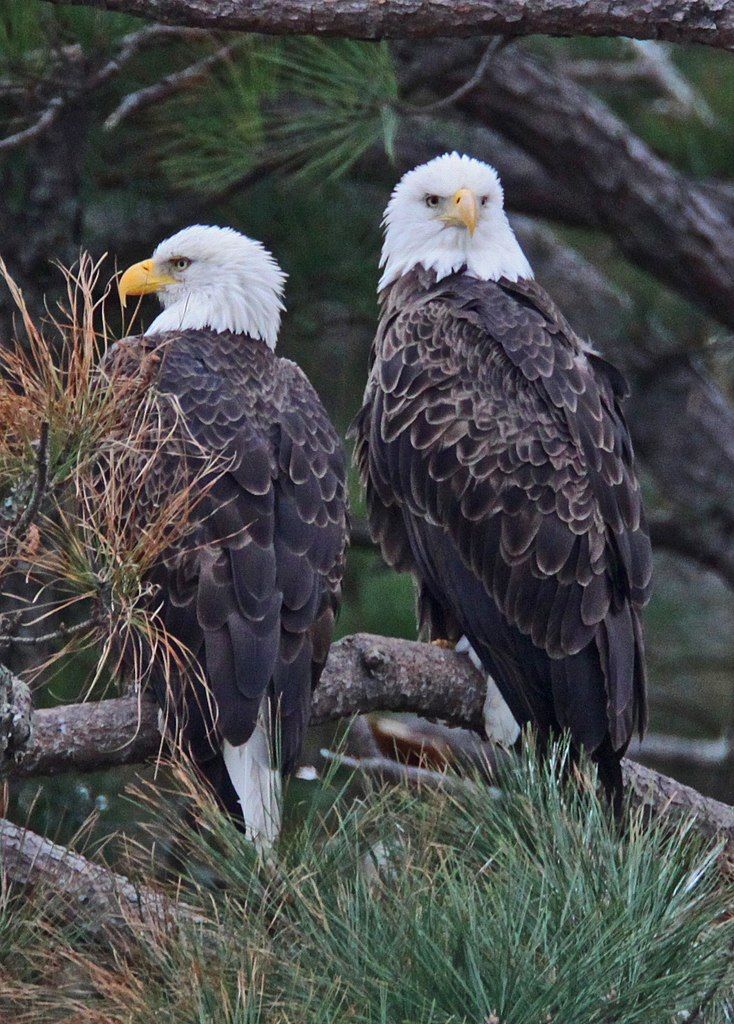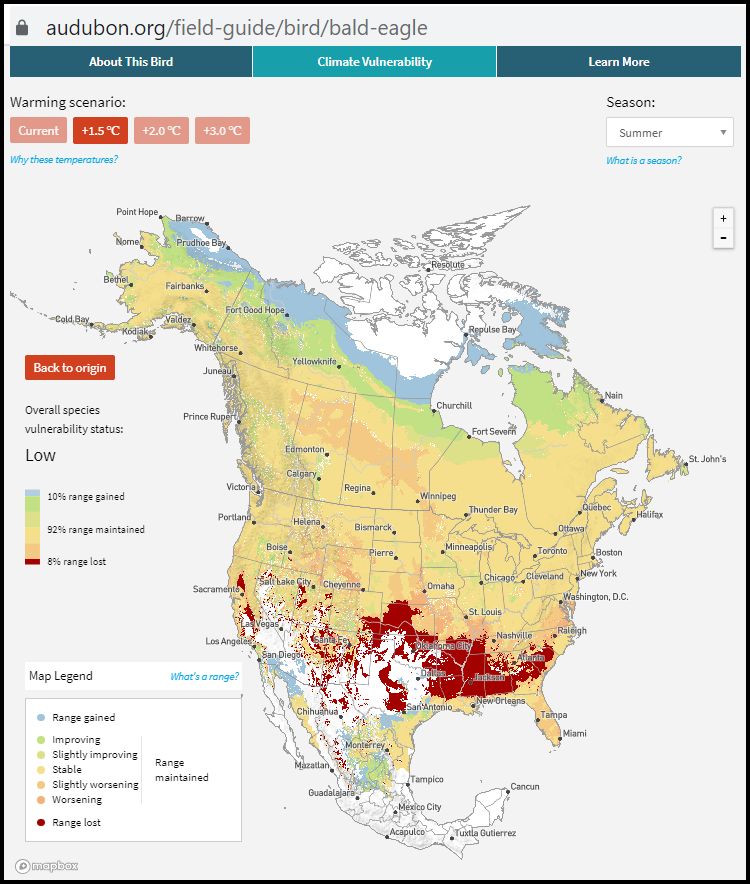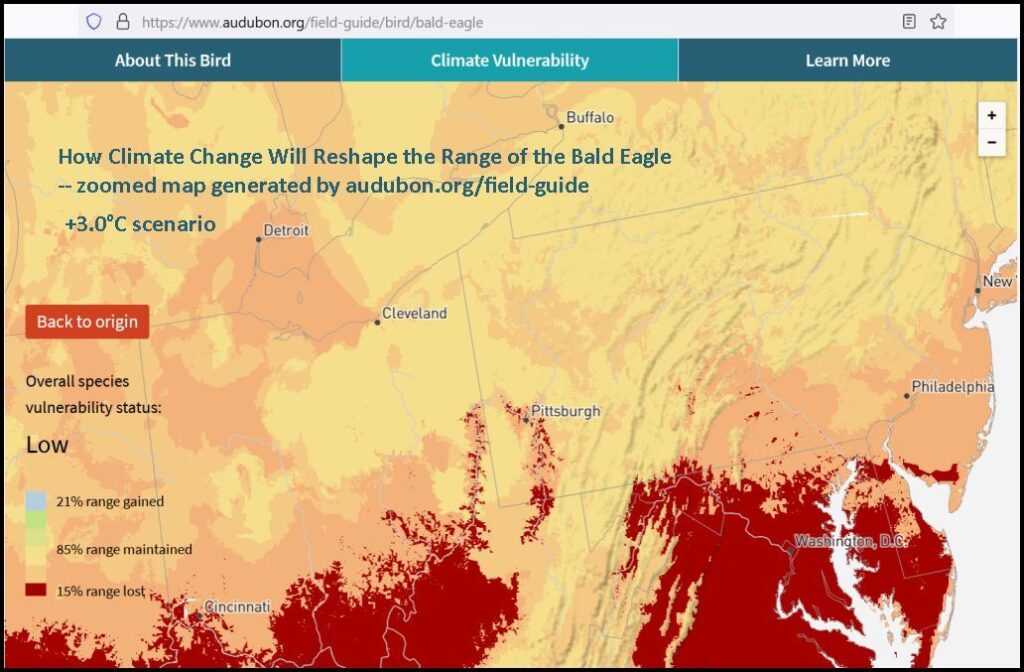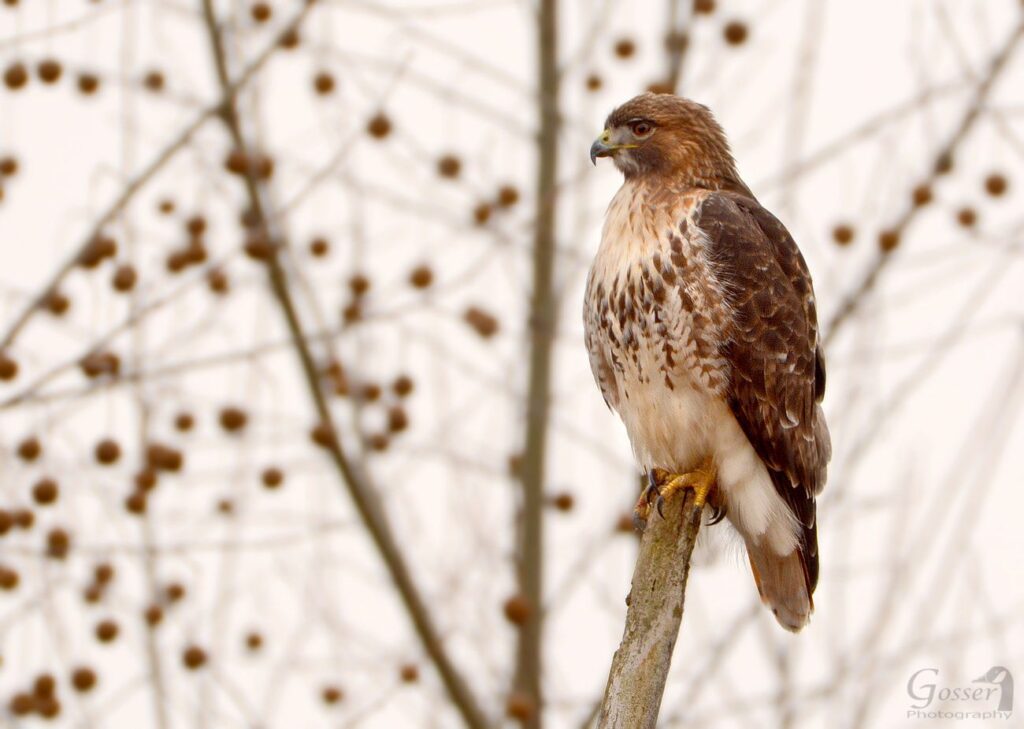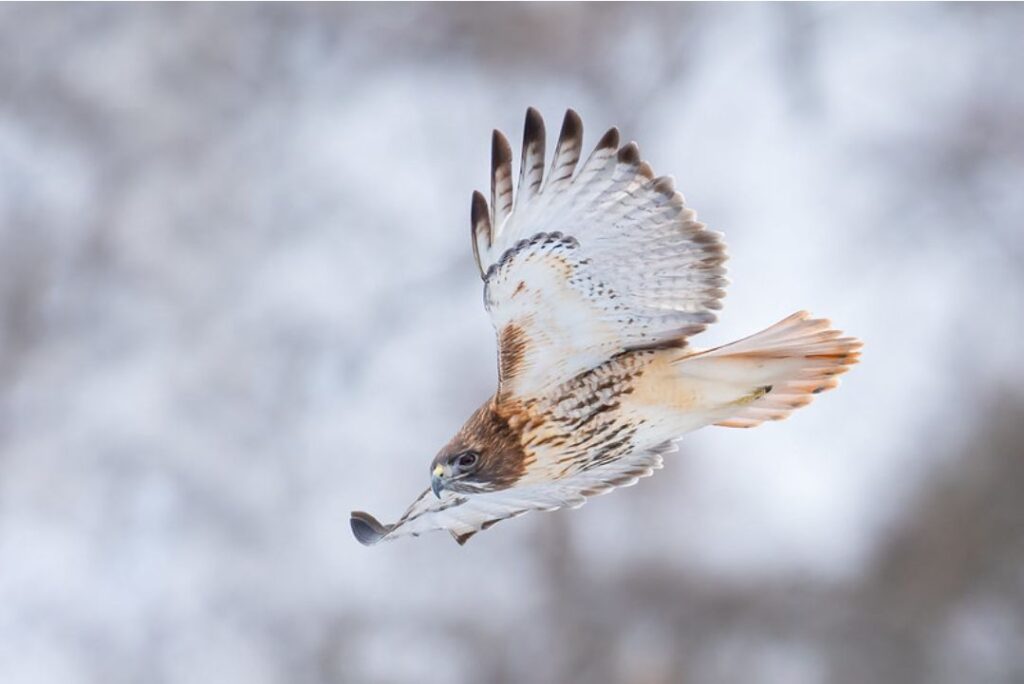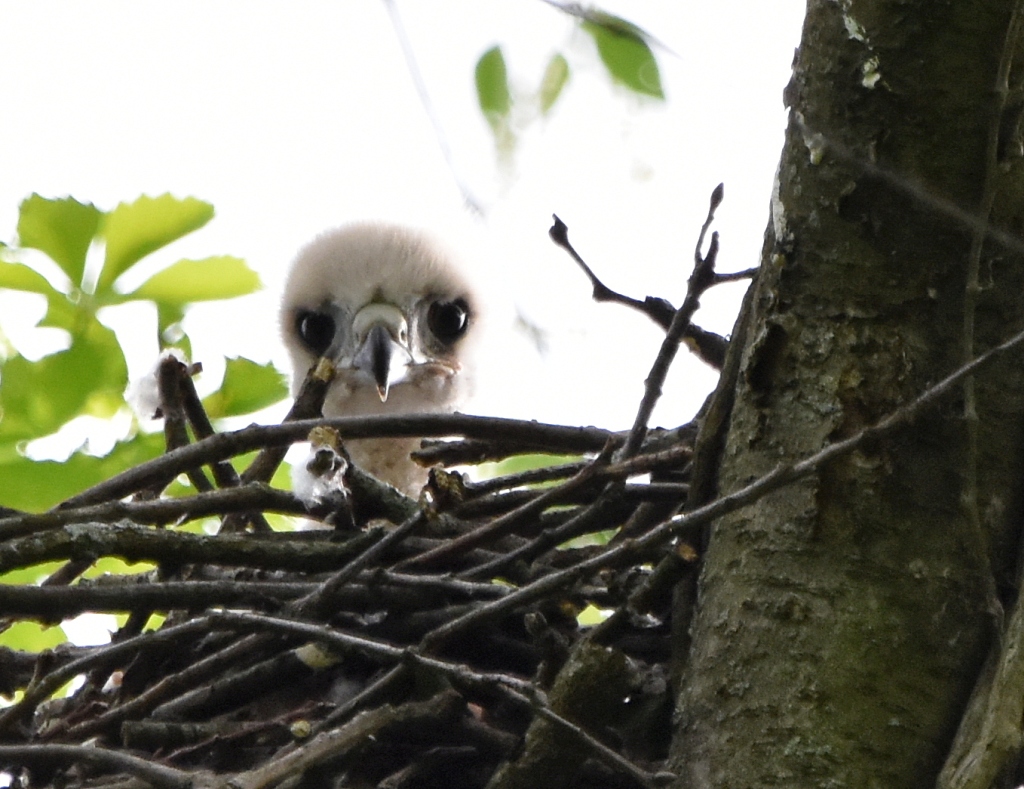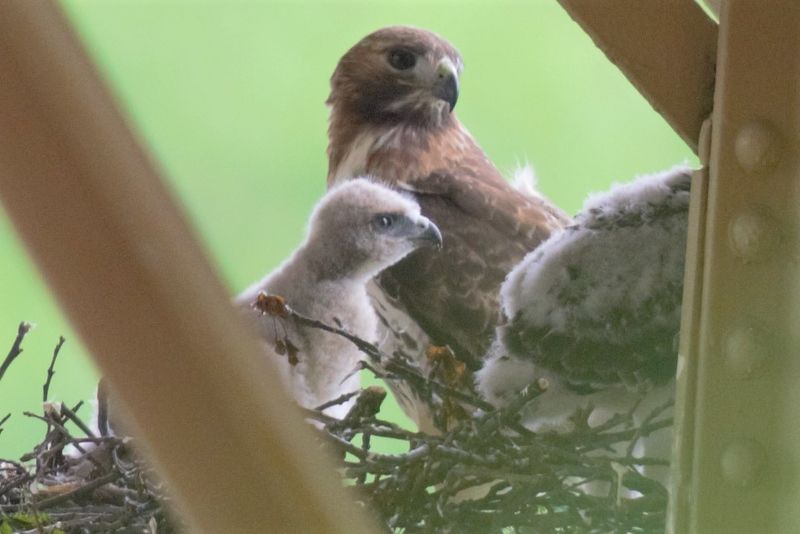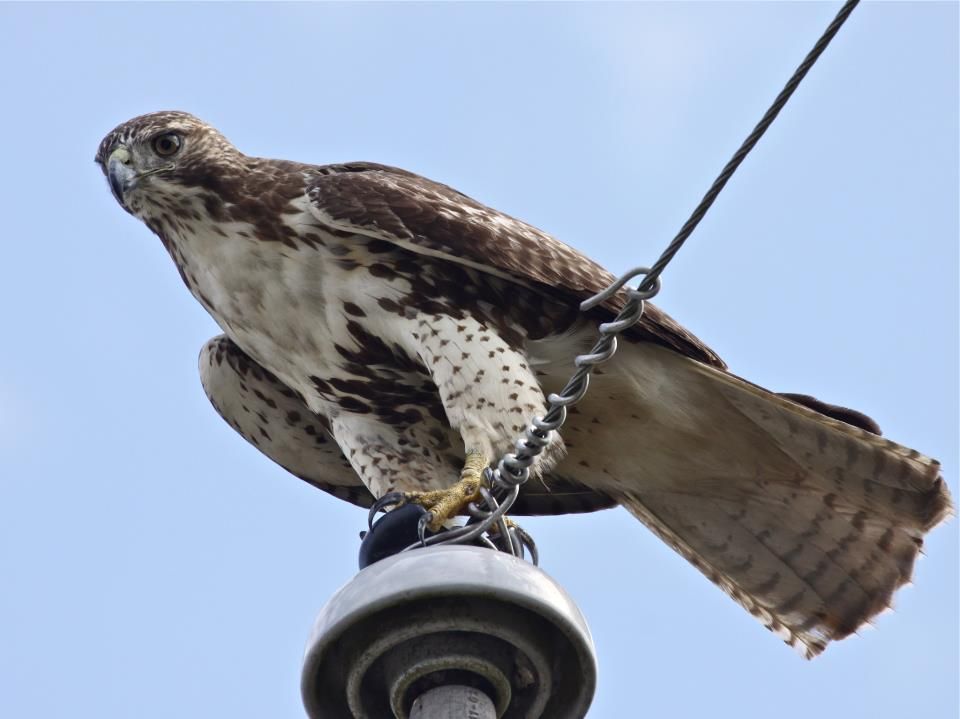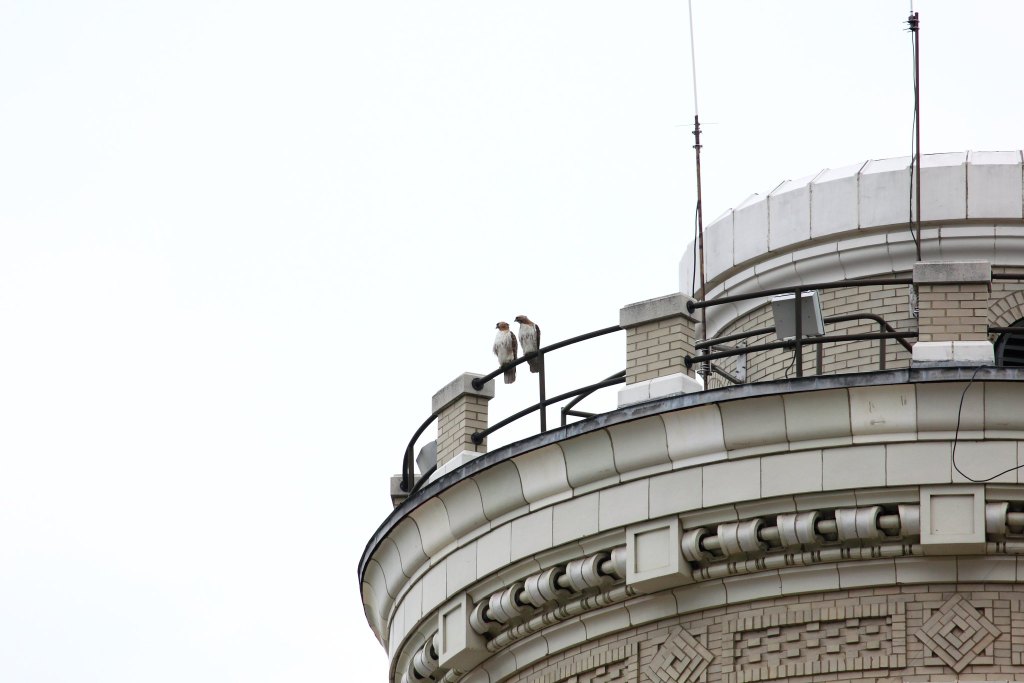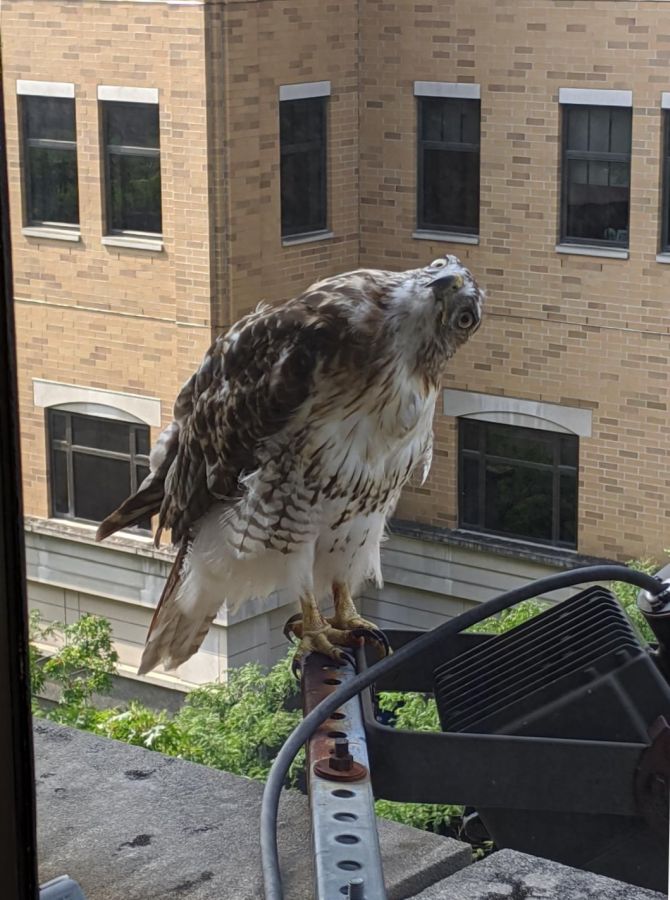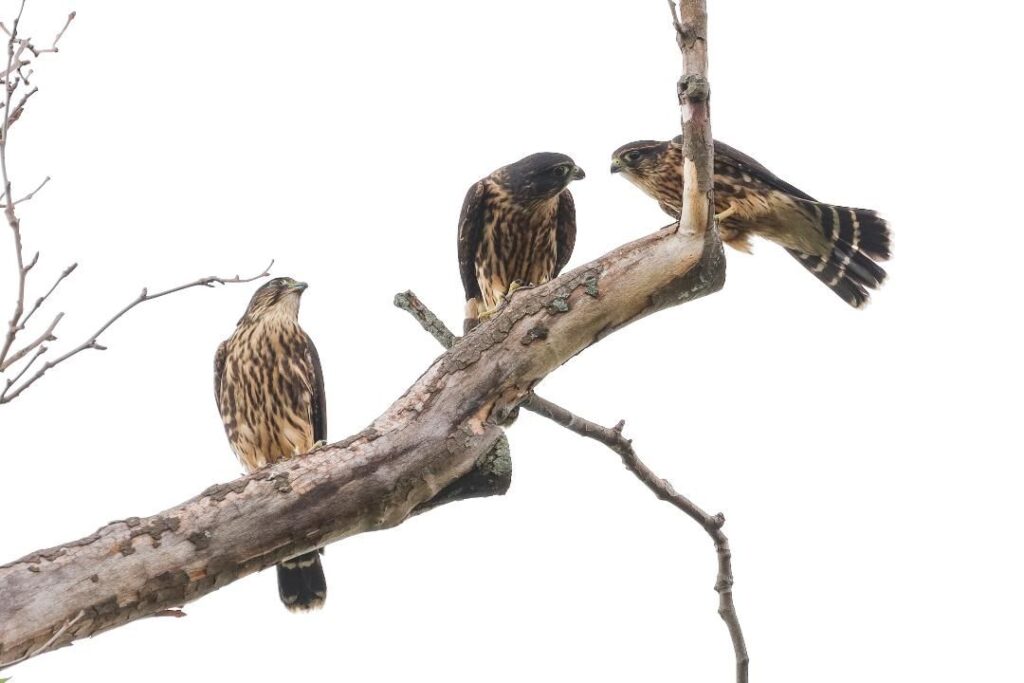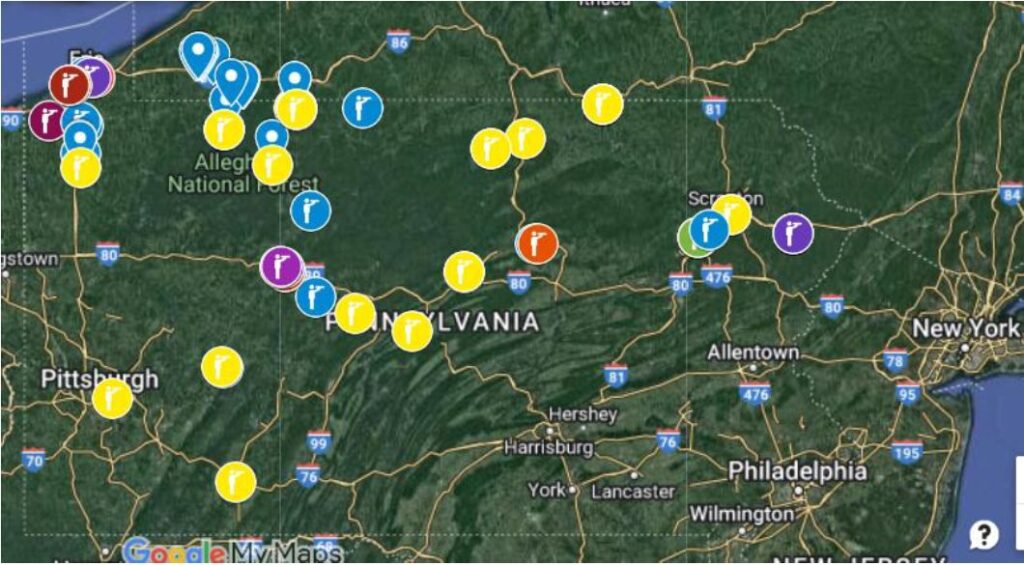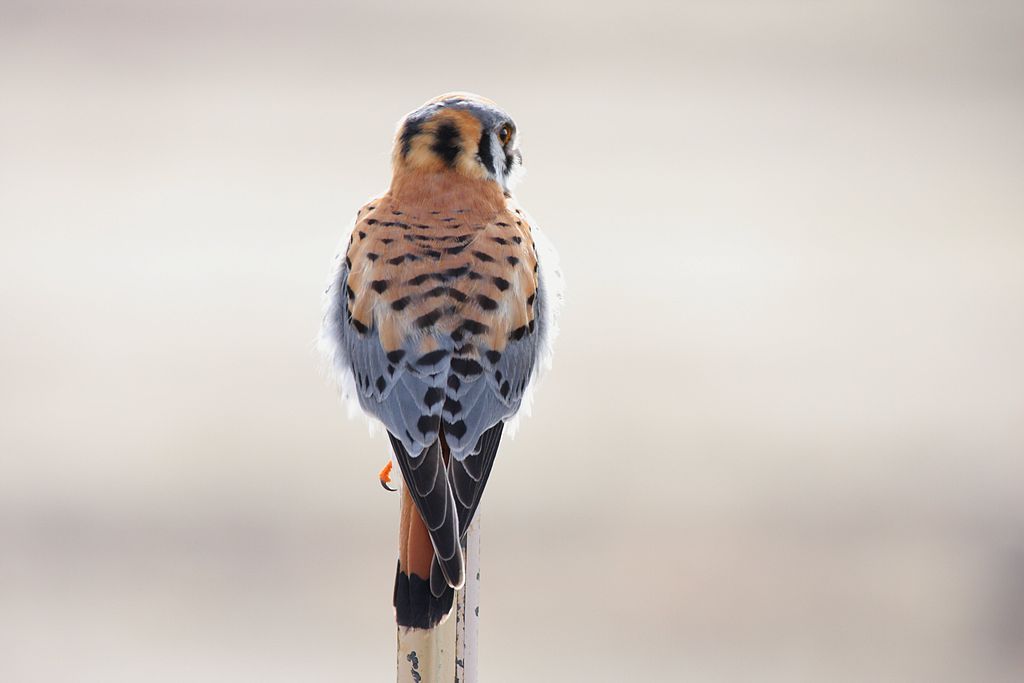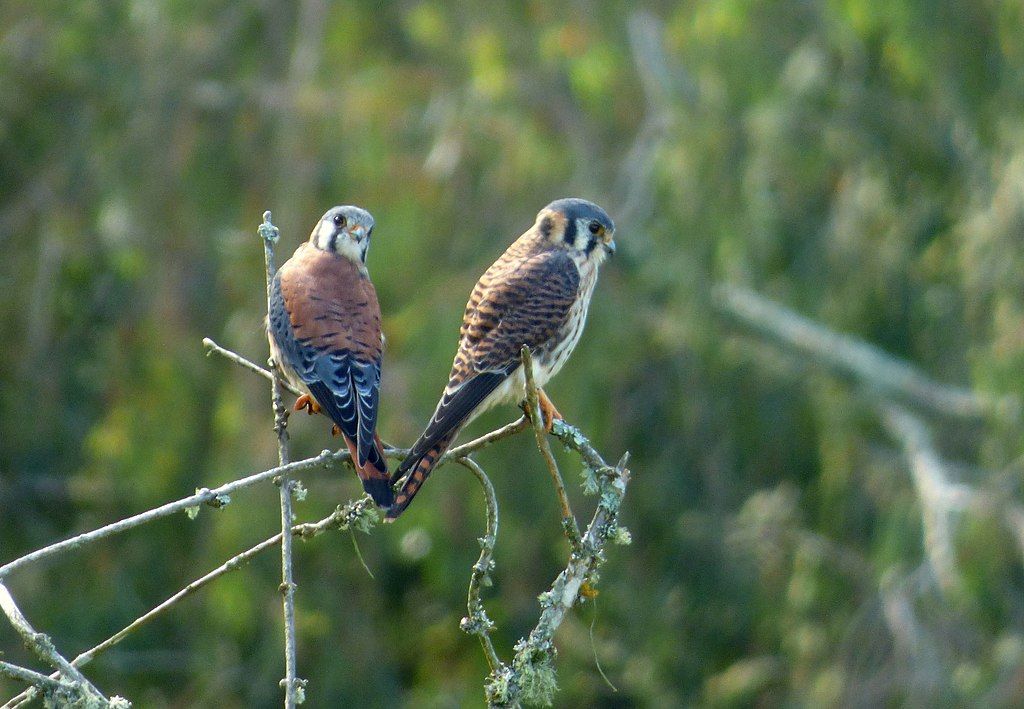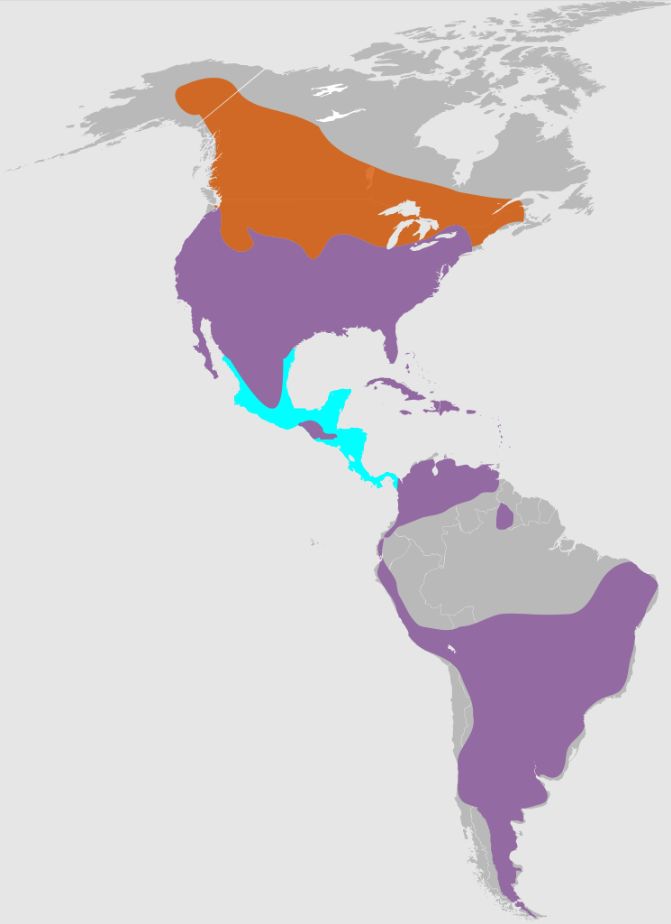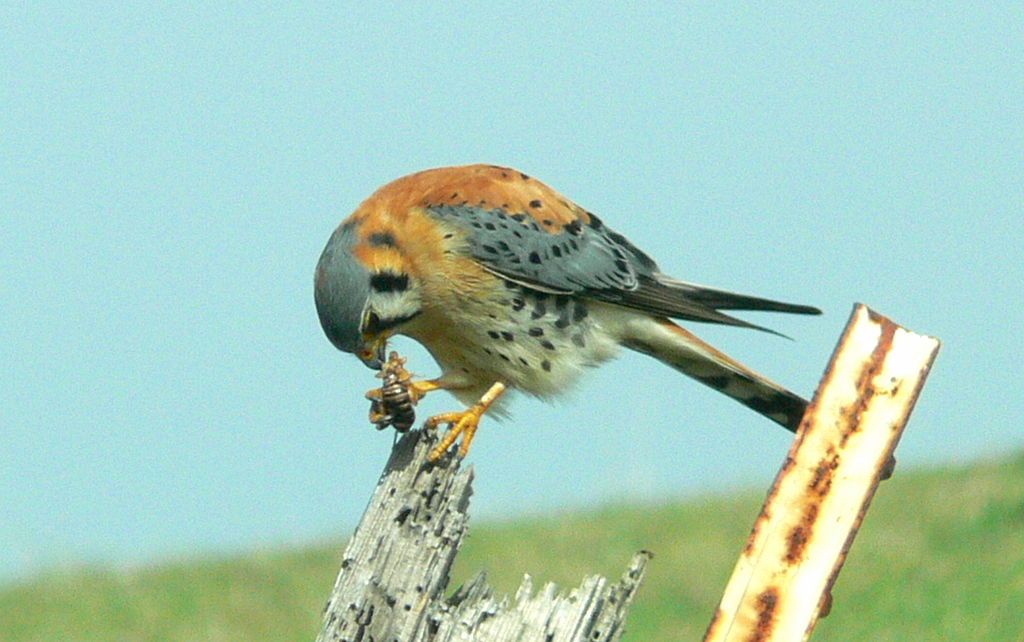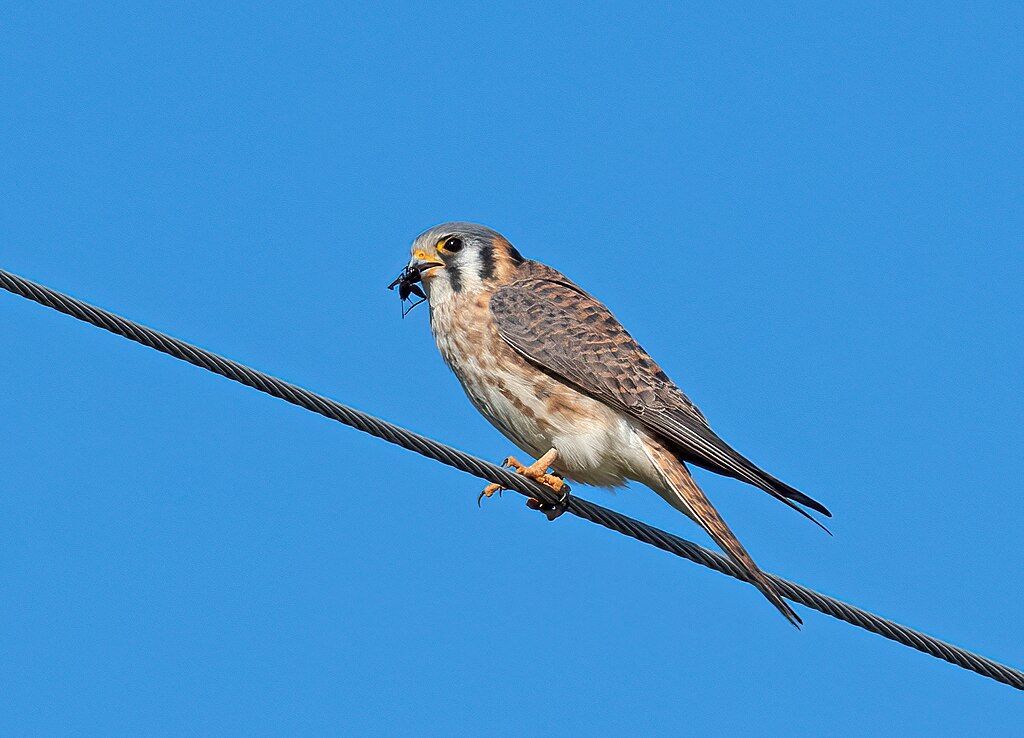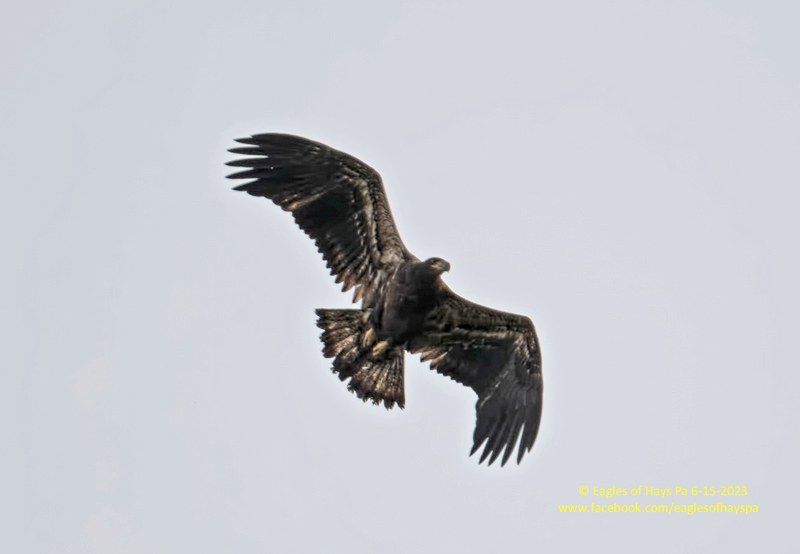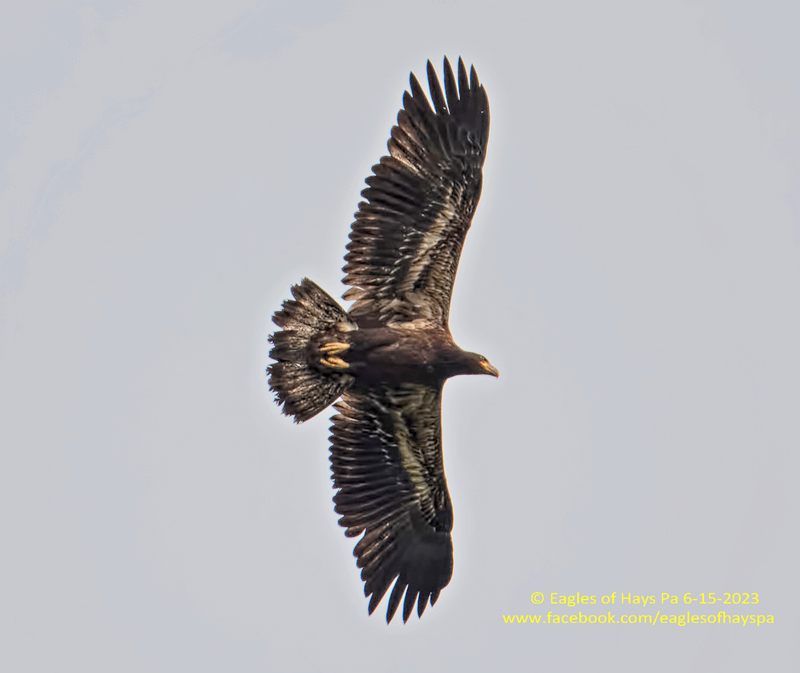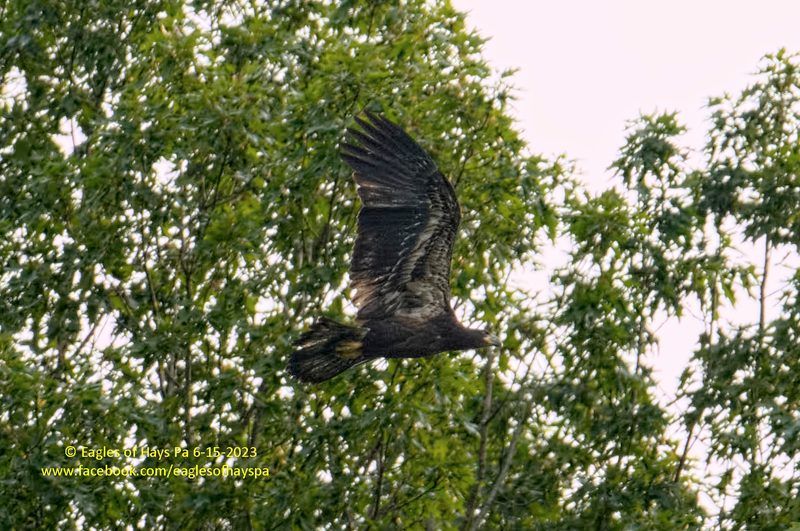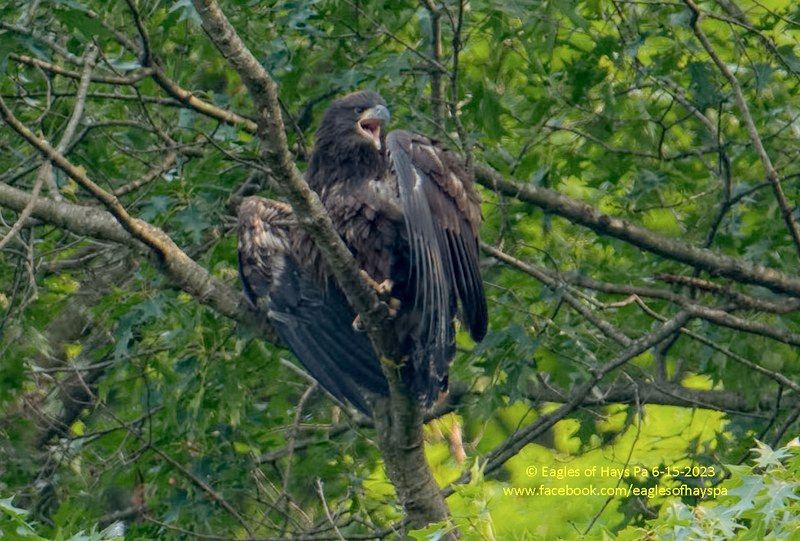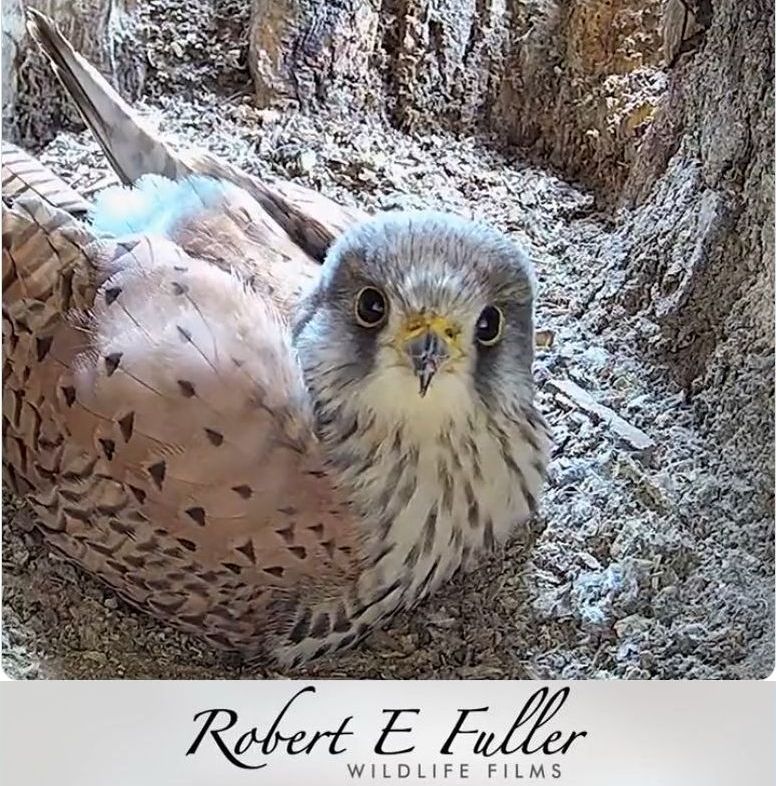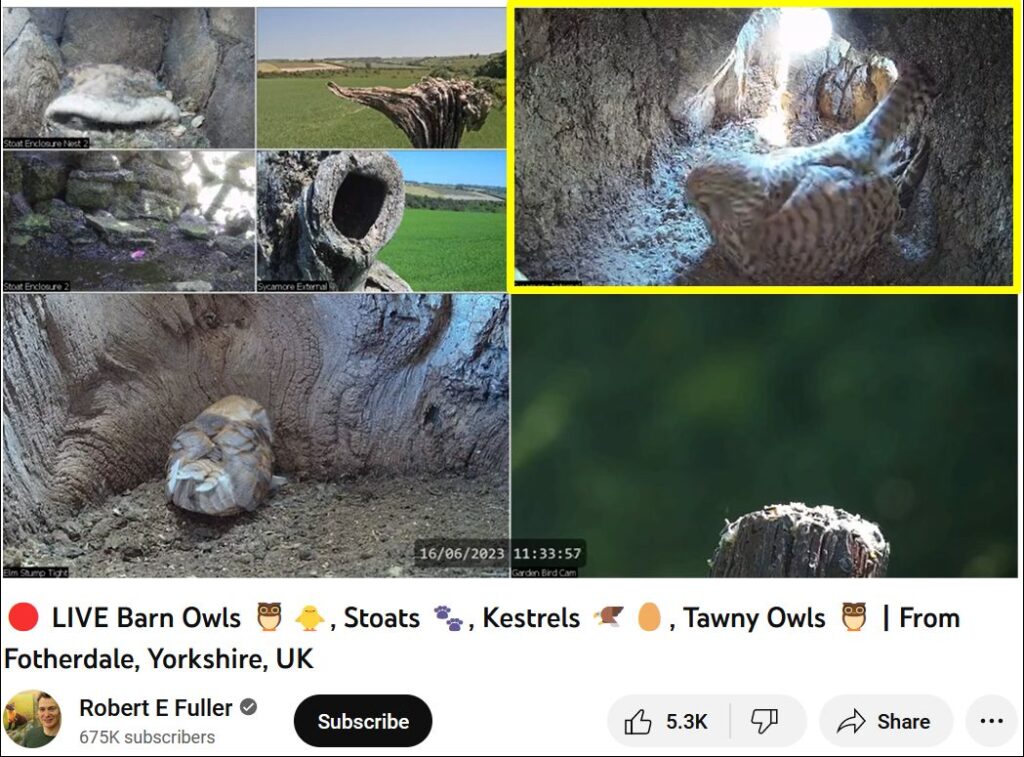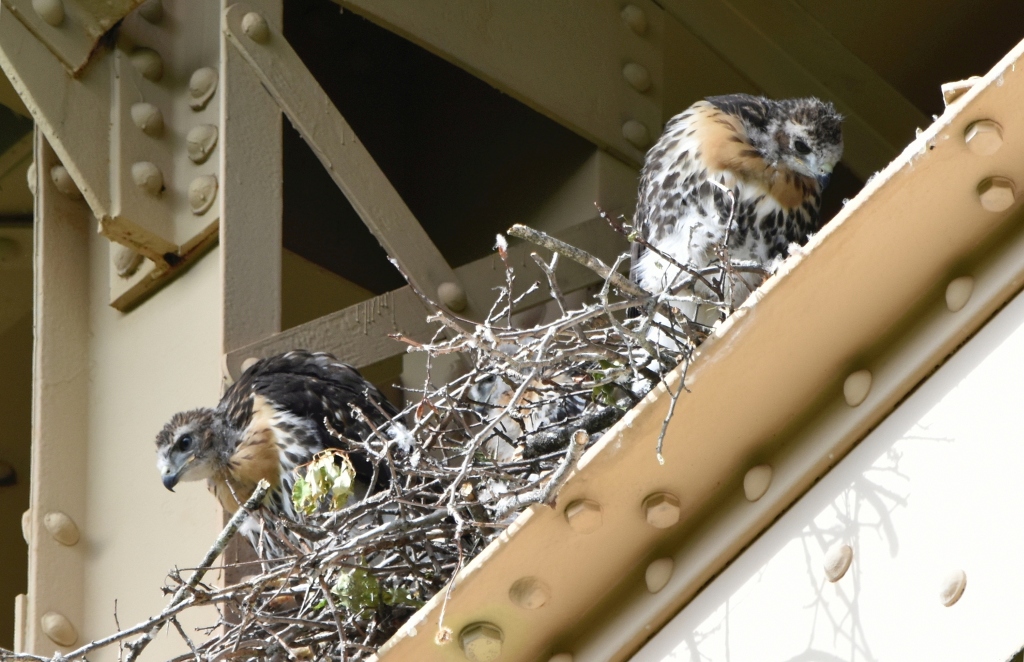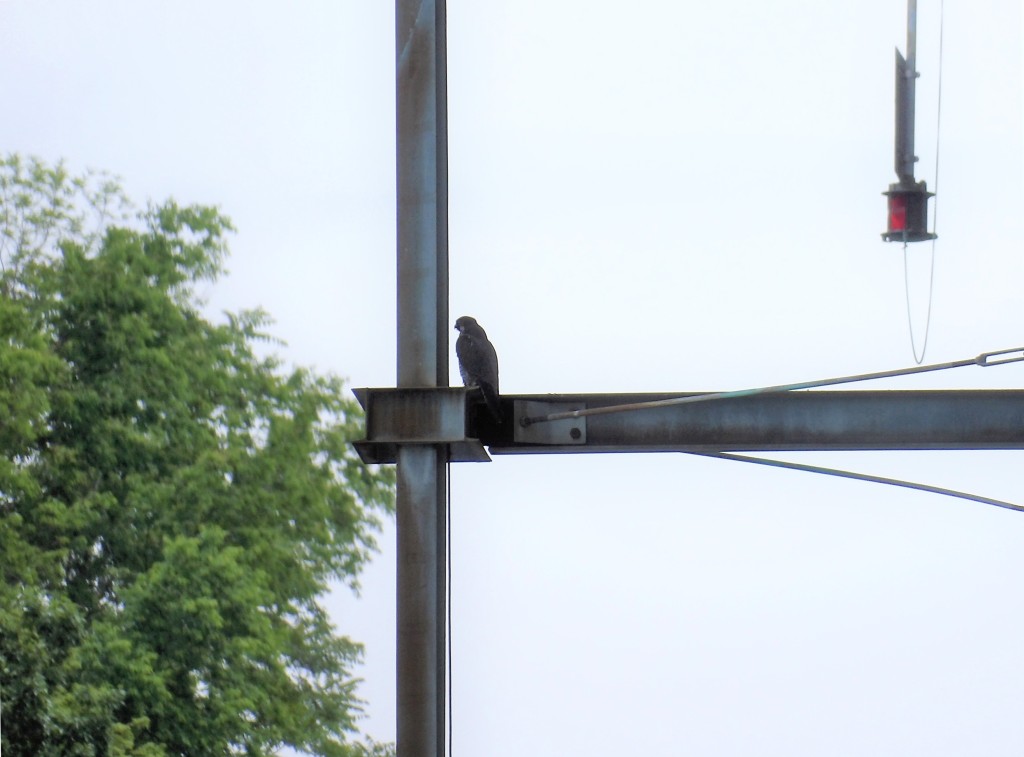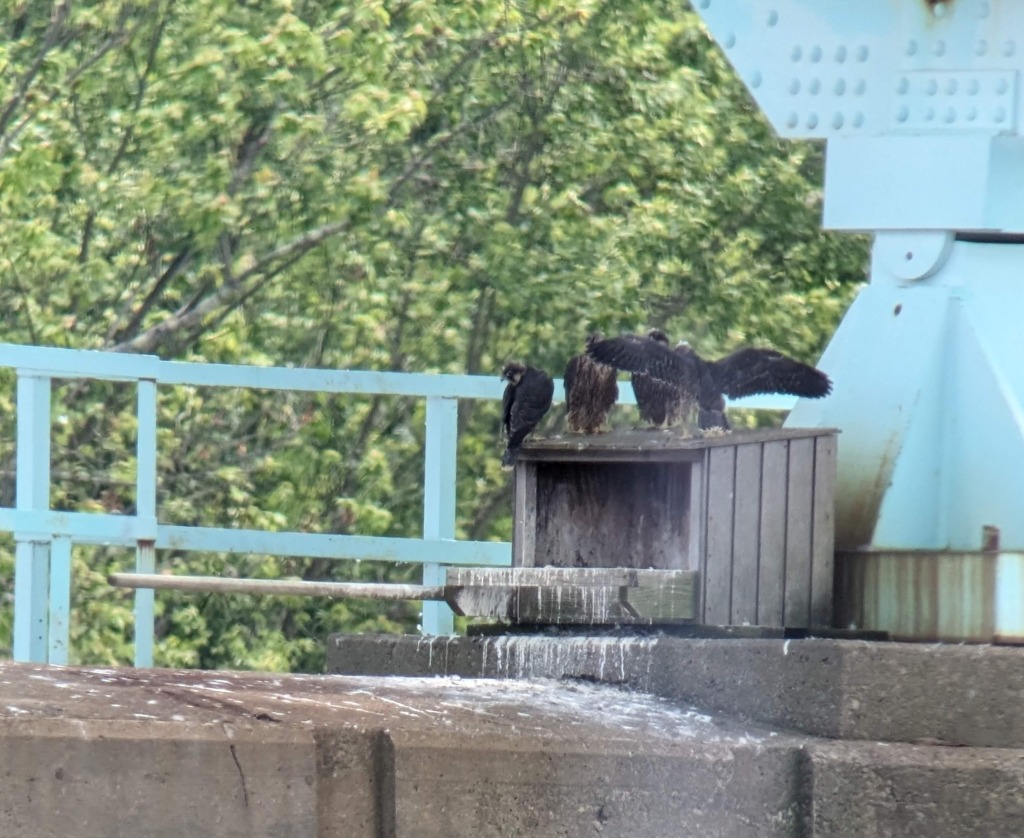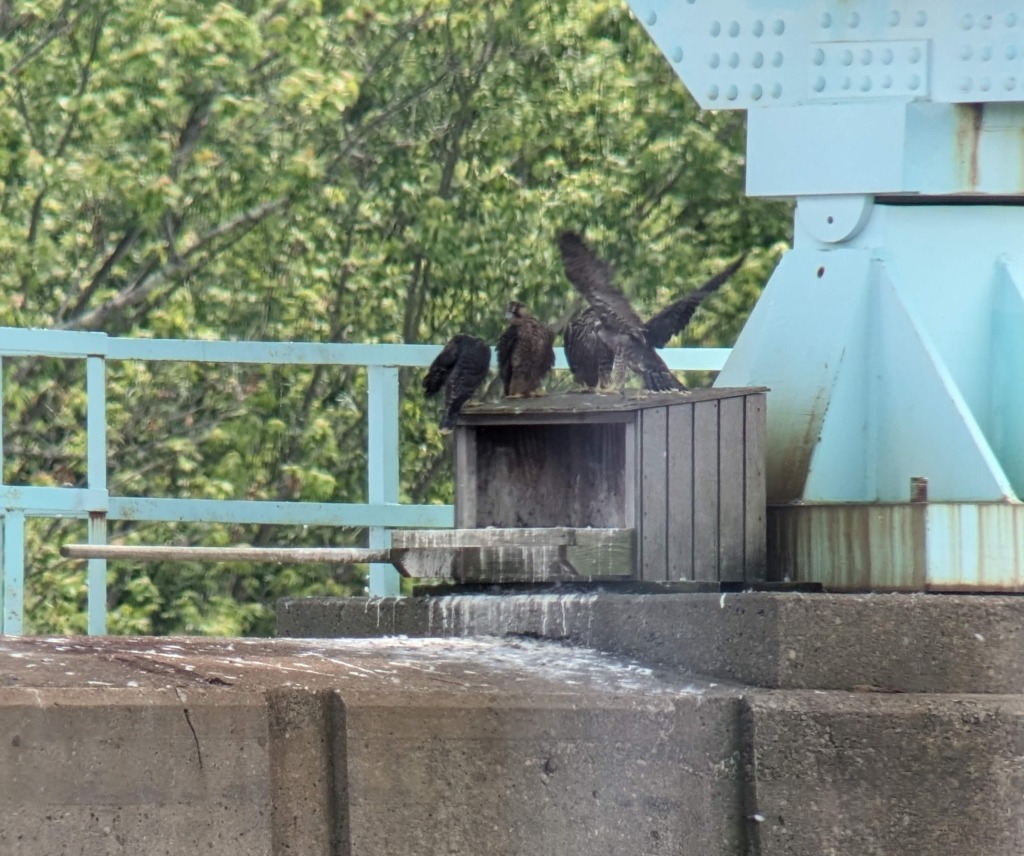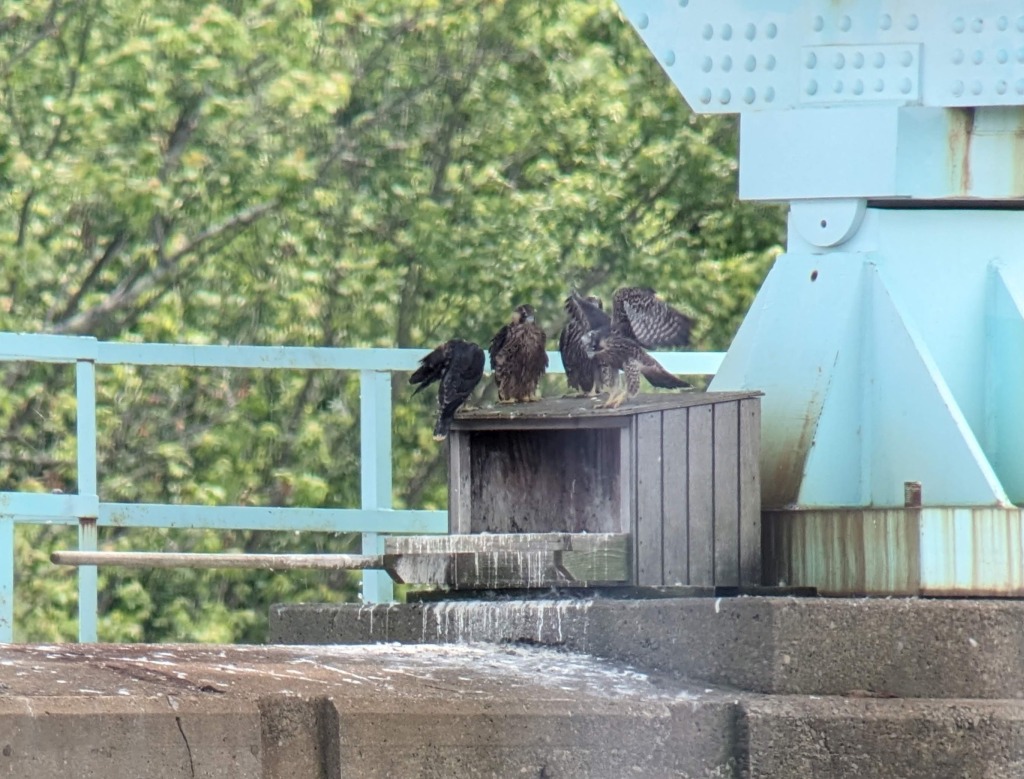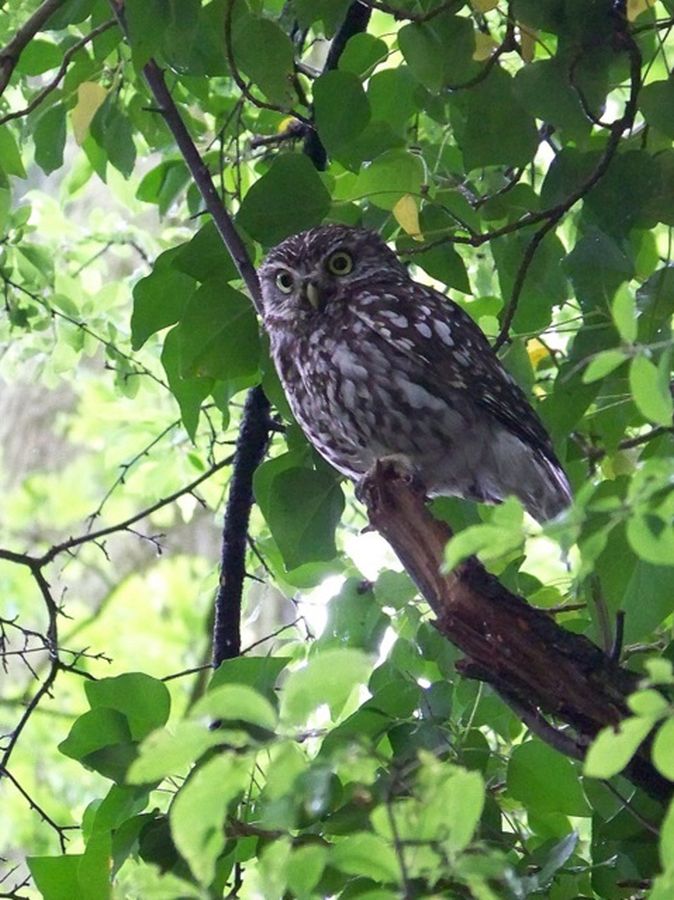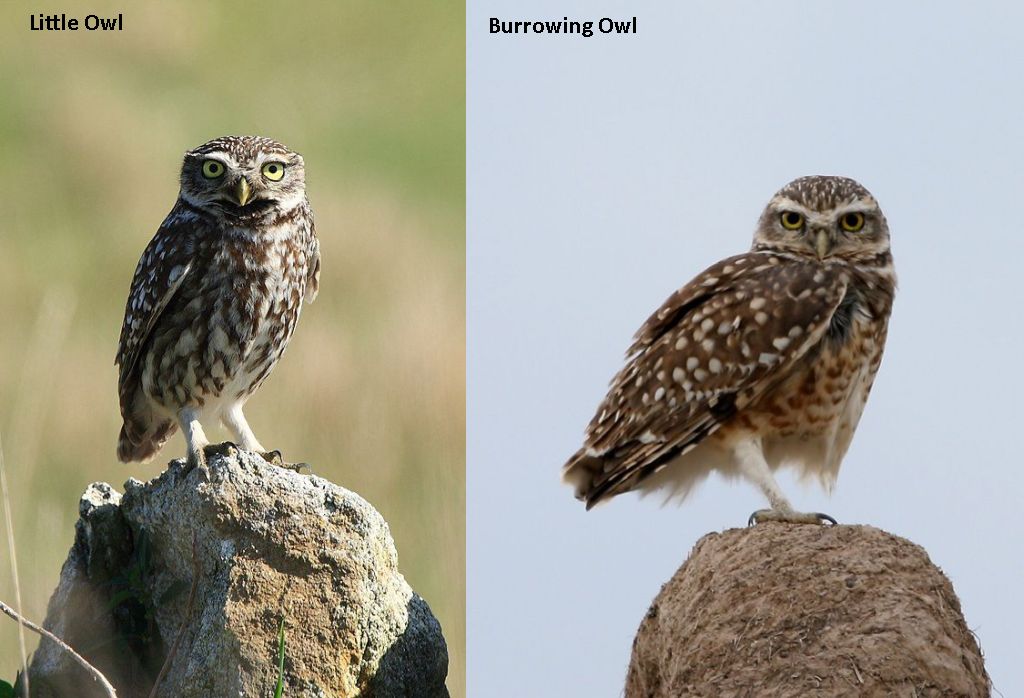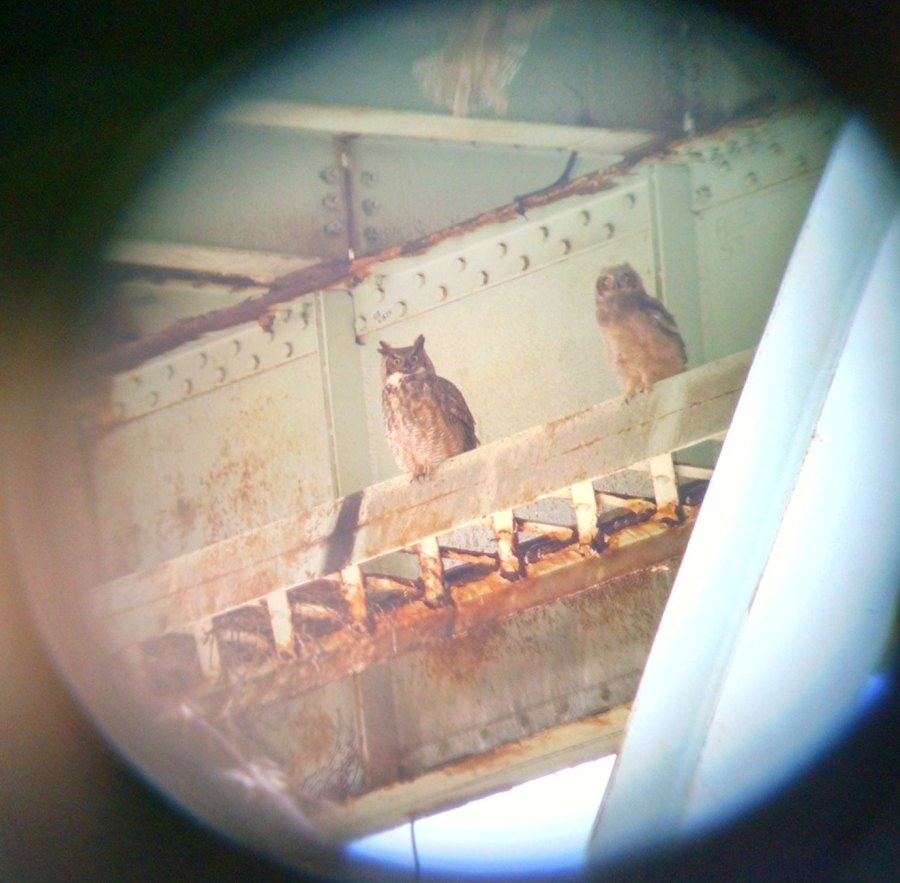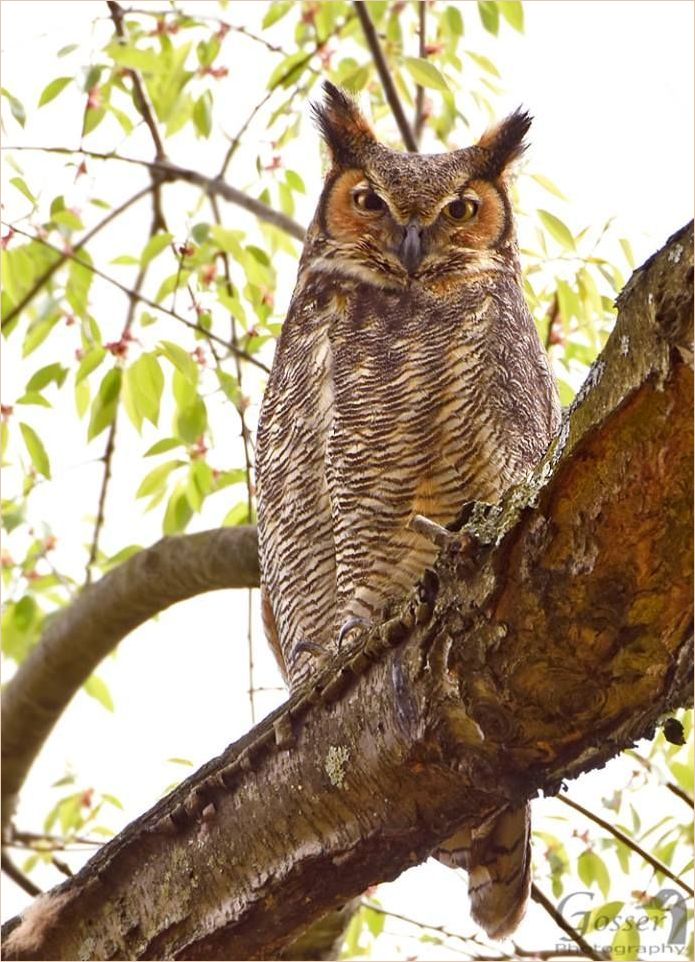
3 August 2023
Every year August 4 is International Owl Awareness Day. Here are some owls to get you ready for tomorrow.
The three owls pictured here live in Pittsburgh’s city parks but are hard to find in August. The best time of year to see a great-horned owl, above, is in late winter or early spring. Steve Gosser photographed this one in Frick Park in April 2019.
Though barred owls have nested successfully in Frick Park, I didn’t see any this year. In July 2022 two youngsters ventured further from their parents at dusk, photographed by Charity Kheshgi.
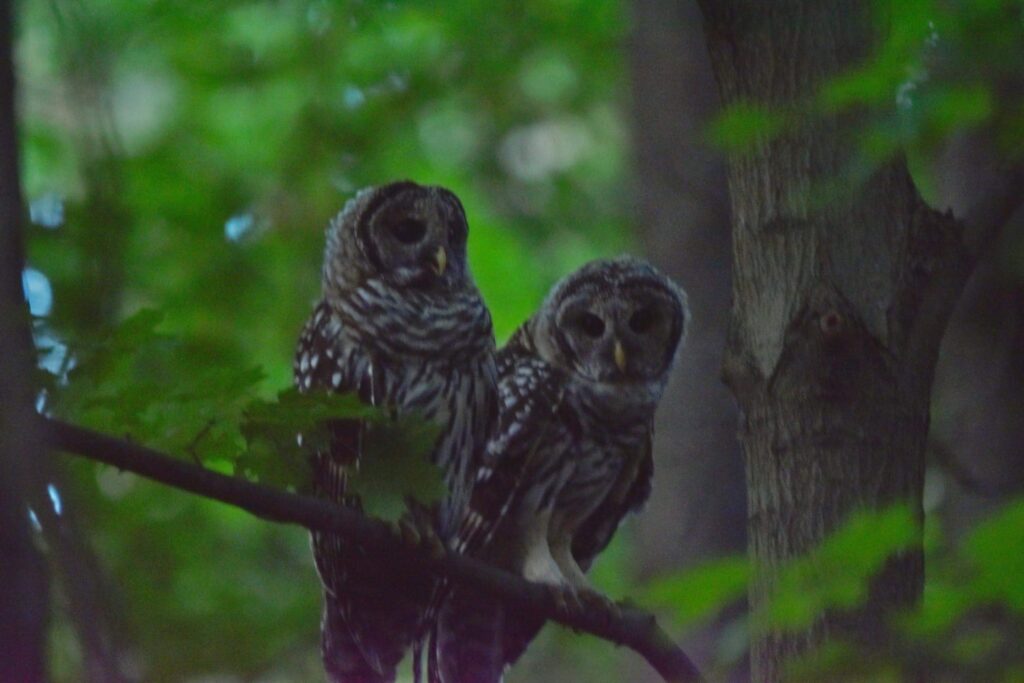
This roost on the main trail in Schenley Park was the best place to find an eastern screech-owl in winter, but it has not been used for several years. Nowadays listen for angry songbirds to tell you about the owls. They told me where to find a young eastern screech-owl in early June.
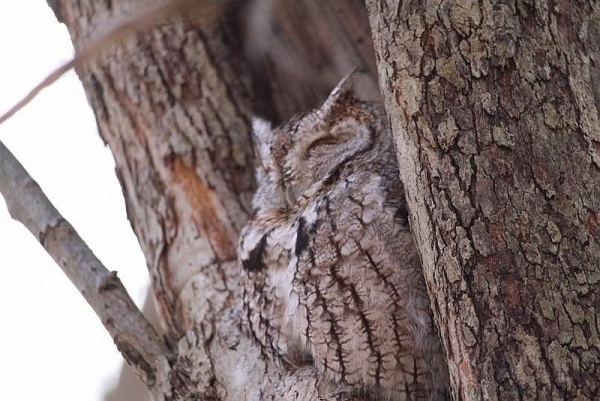
Last week I mentioned the Eurasian eagle-owl, Flaco, who lives in Central Park, NYC.
Happy 6th month of freedom today to Flaco, the Central Park Eurasian eagle-owl. When I saw him hunt for possibly the first time, I was surprised and glad. He hunts with ease now and I am happy for his continued success and wellbeing! Photo taken recently after midnight.#birdcpp pic.twitter.com/RNirtnBjeG
— David Lei (@davidlei) August 2, 2023
This video history describes Flaco’s early days after he escaped from his enclosure last winter. He’s been thriving ever since.
p.s. If you’re in Houston, Minnesota visit the International Owl Center for special programs tomorrow.
(photos by Steve Gosser, Charity Kheshgi and Benjamin Haake)
